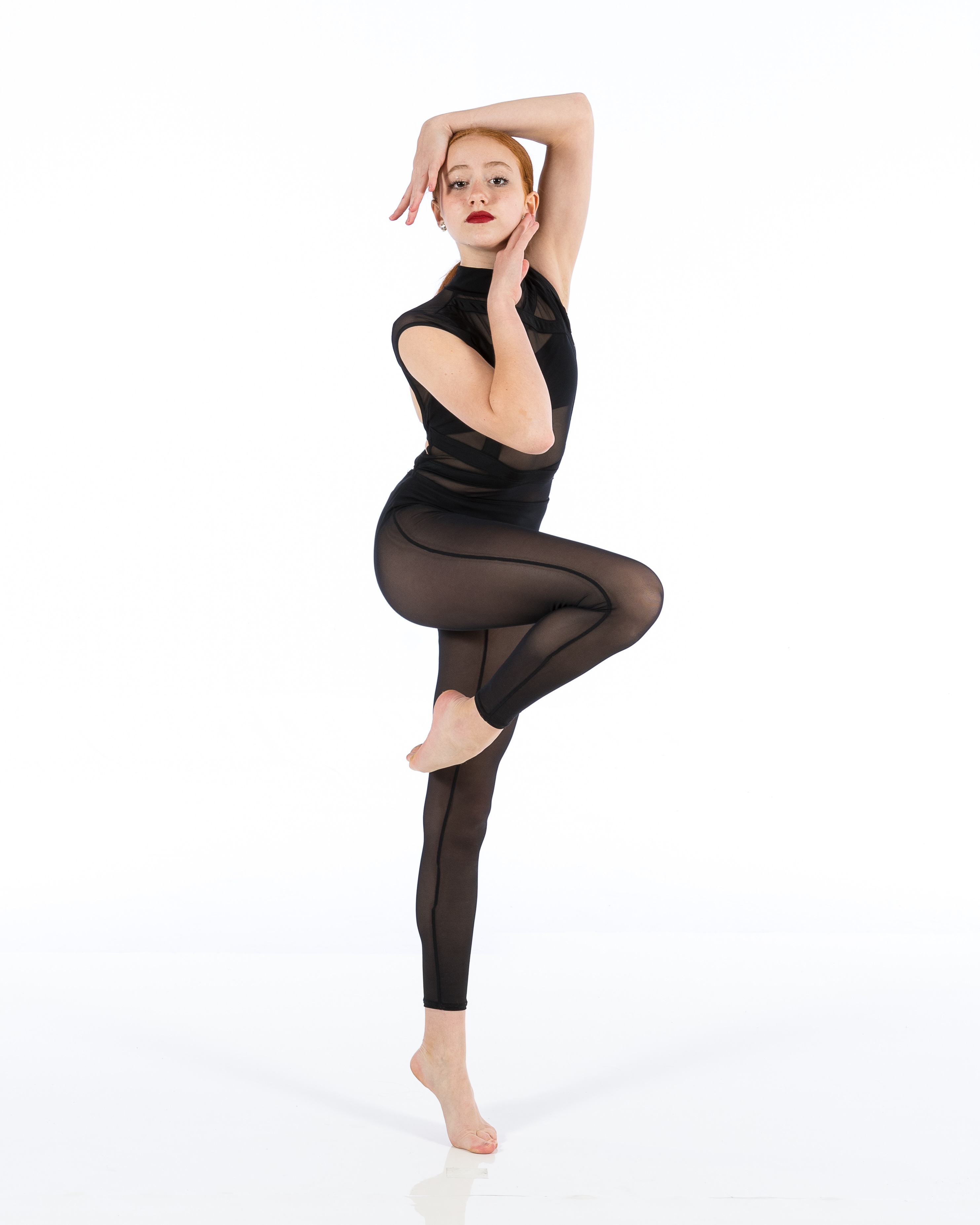Introduction
Creating a dance studio that emanates creativity, passion, and professionalism is no small feat. Whether you're a seasoned professional or just stepping into the vibrant world of dance, having the right equipment can make all the difference. In this comprehensive guide, we'll explore the Must-Have Dance Studio Equipment for Every Dancer. From flooring choices to sound systems, this article aims to equip you with the knowledge you need to transform your space into an inspiring haven for movement.

Must-Have Dance Studio Equipment for Every Dancer
Every dancer deserves a space that enhances their skills and nurtures their artistry. Below are essential items that should be on every dance studio's checklist.
1. Quality Flooring: The Foundation of Dance
When it comes to dance floors, not all surfaces are created equal. So what makes a floor suitable for dance?
- Sprung Floors: These provide cushioning and support, reducing the risk of injuries. Vinyl Flooring: A popular choice for its durability and easy maintenance. Wooden Floors: Classic and aesthetically pleasing but require proper care.
Why Is Flooring Important?
The right flooring protects dancers' joints and allows them to perform at their best. Without it, dancers might face slips or falls, leading to injuries.
Types of Dance Floors
| Type | Pros | Cons | |--------------------|----------------------------------|----------------------------| | Sprung Floors | Injury prevention | Higher cost | | Vinyl Flooring | Easy maintenance | Can be slippery | | Wooden Floors | Aesthetic appeal | Requires regular get more info upkeep |
2. Mirrors: A Dancer's Best Friend
Mirrors are not just decorative; they serve as essential tools for self-assessment.
Benefits of Mirrors in Dance Studios
- Self-Correction: Dancers can observe their movements and correct themselves in real-time. Confidence Boost: Performing in front of mirrors can help build stage presence.
3. Sound System: Setting the Rhythm
A high-quality sound system is vital for any dance studio. But what should you look for?
Key Features of an Ideal Sound System
- Clarity: Crisp sound quality keeps dancers motivated. Volume Control: Adjustable volume ensures everyone can hear without straining.
4. Barres: Essential for Ballet Practice
For ballet dancers, barres are indispensable. They provide stability during warm-ups and technique training.
Types of Barres
- Wall-Mounted Barres: Space-saving option ideal for smaller studios. Freestanding Barres: Portable and versatile, perfect for various settings.
5. Lighting: Set the Mood
Proper lighting can transform a dance studio atmosphere dramatically.
Best Lighting Options for Dance Studios
- LED Lights: Energy-efficient and adjustable. Natural Light Sources: Windows or skylights encourage positivity but must be controlled to reduce glare.
6. Storage Solutions: Keeping It Organized
A clutter-free environment promotes focus and creativity in dancers.
Types of Storage Options
- Wall-mounted shelves Under-barre storage units Lockers for personal items
7. Props and Accessories: Enhance Learning Experiences
Props such as exercise balls or resistance bands add variety to training sessions.
Popular Props in Dance Studios
- Yoga mats Foam rollers Stretch bands
8. First Aid Kits: Safety Comes First!
No one wants an injury during practice; hence first aid kits should always be on hand.
Essentials in a First Aid Kit
Band-aids Ice packs Antiseptic wipesFAQs about Must-Have Dance Studio Equipment
1. What type of flooring is best for hip-hop dancing?
Hip-hop requires a durable surface that allows sliding yet provides some grip; vinyl flooring is often recommended due to its versatility.
2. How important are mirrors in ballet practice?
Mirrors are crucial as they allow ballet dancers to monitor their posture and alignment in real-time, enhancing their technique significantly.
3. What should I look for when buying a sound system?
Look for clarity, volume control options, portability if needed, and consider Bluetooth capabilities for ease of use during classes.
4. Can I use regular wood flooring instead of sprung floors?
While wood flooring offers aesthetic appeal, it lacks the shock absorption necessary to protect against injuries associated with high-impact movements typical in many dance styles.
5. How much space do I need per barre?
Typically, each barre requires at least 6 feet of linear wall space to accommodate multiple dancers effectively while practicing simultaneously.
6. Why is lighting so important in a dance studio?
Lighting impacts visibility and mood; appropriate lighting setups can enhance performances and motivate dancers during practices by creating an inviting environment.
Conclusion
In summation, establishing a well-equipped dance studio encompasses much more than merely filling it with equipment—it's about creating an environment where creativity flourishes! Investing in high-quality materials like sprung floors or intelligent sound systems boosts performance while ensuring safety among dancers—a necessity that cannot be understated! With these insights into the Must-Have Dance Studio Equipment for Every Dancer, you're now equipped to curate a nurturing space that will inspire both budding talents and seasoned professionals alike!
Creating your dream dance studio doesn't have to feel overwhelming; just take it one step at a time! Prioritize these essential components based on your specific needs—before long you’ll find yourself immersed within an inspiring sanctuary built solely around passion-driven expression through movement!